Grid-Connected Photovoltaic Systems as an Alternative for Sustainable Urbanization in Southeastern Mexico
Abstract
1. Introduction
- (1)
- What is the techno-economic feasibility of implementing a grid-connected photovoltaic system in a mid-sized Mexican city under current market and policy conditions?
- (2)
- How does system optimization influence environmental and economic performance compared to a base scenario designed to fully meet the energy demand?
2. Materials and Methods
2.1. Homer Pro Software Analysis
2.2. Site Suitability Analysis
2.2.1. Geographical Context of the Study
2.2.2. Infrastructure of the Study Area
2.3. Sensitivity Factors
2.4. Project Economics
2.5. Policy and Regulatory Context
3. Results
3.1. Selection and Weighting of Criteria
- (a)
- Climatic factors: solar power output (PVOUT), average solar irradiance, average temperature, and precipitation.
- (b)
- Topographic factors: aspect, elevation, and slope.
- (c)
- Economic factors: proximity to transmission lines and proximity to roads.
- (d)
- Environmental factors: proximity to protected areas.
3.2. Technical Analysis
3.2.1. Location and Load Profile
3.2.2. Solar and Temperature Resources
3.2.3. Peak Sun Hour
3.2.4. Clearness Index
3.2.5. Precipitation
3.2.6. Wind Resource
3.2.7. Typical Daily Residential Load Profile
3.2.8. System Design
3.3. Economic Analysis
3.3.1. System Components and Their Parameters
3.3.2. Grid Connection
3.3.3. Economic Parameters
3.3.4. Cash Flow
3.3.5. Homer Pro Optimizer
4. Discussion
5. Conclusions
Author Contributions
Funding
Data Availability Statement
Conflicts of Interest
References
- Gan, K.E.; Taikan, O.; Gan, T.Y.; Weis, T.; Yamazaki, D.; Schüttrumpf, H. Enhancing renewable energy systems, contributing to Sustainable Development Goals of United Nation and building resilience against climate change impacts. Energy Technol. 2023, 11, 2300275. [Google Scholar] [CrossRef]
- Kabeyi, M.J.B.; Olanrewaju, O.A. Sustainable energy transition for renewable and low carbon grid electricity generation and supply. Front. Energy Res. 2022, 9, 743114. [Google Scholar] [CrossRef]
- Shang, Y.; Sang, S.; Tiwari, A.K.; Khan, S.; Zhao, X. Impacts of renewable energy on climate risk: A global perspective for energy transition in a climate adaptation framework. Appl. Energy 2024, 362, 122994. [Google Scholar] [CrossRef]
- Owusu, P.A.; Asumadu-Sarkodie, S. A review of renewable energy sources, sustainability issues and climate change mitigation. Cogent Eng. 2016, 3, 1167990. [Google Scholar] [CrossRef]
- Büyüközkan, G.; Karabulut, Y.; Mukul, E. A novel renewable energy selection model for United Nations’ sustainable development goals. Energy 2018, 165, 290–302. [Google Scholar] [CrossRef]
- Leal Filho, W.; Trevisan, L.V.; Rampasso, I.S.; Anholon, R.; Dinis, M.A.P.; Brandli, L.L.; Mazutti, J. When the alarm bells ring: Why the UN sustainable development goals may not be achieved by 2030. J. Clean. Prod. 2023, 407, 137108. [Google Scholar] [CrossRef]
- Simsek, Y.; Santika, W.G.; Anisuzzaman, M.; Urmee, T.; Bahri, P.A.; Escobar, R. An analysis of additional energy requirement to meet the sustainable development goals. J. Clean. Prod. 2020, 272, 122646. [Google Scholar] [CrossRef]
- Cantarero, M.M.V. Of renewable energy, energy democracy, and sustainable development: A roadmap to accelerate the energy transition in developing countries. Energy Res. Soc. Sci. 2020, 70, 101716. [Google Scholar] [CrossRef]
- Rashed, A.H.; Shah, A. The role of private sector in the implementation of sustainable development goals. Environ. Dev. Sustain. 2020, 23, 2931–2948. [Google Scholar] [CrossRef]
- Aleluia, J.; Tharakan, P.; Chikkatur, A.P.; Shrimali, G.; Chen, X. Accelerating a clean energy transition in Southeast Asia: Role of governments and public policy. Renew. Sustain. Energy Rev. 2022, 159, 112226. [Google Scholar] [CrossRef]
- IEA. Global Energy Review 2025; IEA: Paris, France, 2025; Available online: https://www.iea.org/reports/global-energy-review-2025 (accessed on 1 August 2025).
- Kat, B.; Şahin, Ü.; Teimourzadeh, S.; Tör, O.B.; Voyvoda, E.; Yeldan, A.E. A new energy-economy-environment modeling framework: Insights from decarbonization of the Turkish power Sector towards net-zero Emission targets. Energy 2024, 302, 131760. [Google Scholar] [CrossRef]
- Luan, Y.; Tang, D.; Aderemi, T.; Osabohien, R. Clean energy adoption, industrialization and sustainable development: A system GMM approach. Energy Strategy Rev. 2025, 59, 101740. [Google Scholar] [CrossRef]
- Aggarwal, S.; Mahalik, M.K. The nexus of urbanization and renewable energy productivity: Implications for sustainable development in developing Asia nations. Int. J. Energy Sect. Manag. 2025. [Google Scholar] [CrossRef]
- Cui, L.; Weng, S.; Nadeem, A.M.; Rafique, M.Z.; Shahzad, U. Exploring the role of renewable energy, urbanization and structural change for environmental sustainability: Comparative analysis for practical implications. Renew. Energy 2022, 184, 215–224. [Google Scholar] [CrossRef]
- Feng, Q.; Gauthier, P. Untangling urban sprawl and climate change: A review of the literature on physical planning and transportation drivers. Atmosphere 2021, 12, 547. [Google Scholar] [CrossRef]
- Humbal, A.; Chaudhary, N.; Pathak, B. Urbanization Trends, Climate Change, and Environmental Sustainability; Pathak, B., Dubey, R.S., Eds.; Springer: Singapore, 2023; pp. 151–166. [Google Scholar] [CrossRef]
- Romero, J.C.; Linares, P.; Rodriguez-Matas, A.F.; Perez-Bravo, M. Illustrating the conflicts between energy poverty and decarbonization in the energy transition. A case example in Spain. Energy 2025, 314, 134204. [Google Scholar] [CrossRef]
- Vatalis, K.I.; Avlogiaris, G.; Tsalis, T.A. Just transition pathways of energy decarbonization under the global environmental changes. J. Environ. Manag. 2022, 309, 114713. [Google Scholar] [CrossRef] [PubMed]
- Kartal, M.T.; Shahbaz, M.; Taşkın, D.; Depren, S.K.; Ayhan, F. How are energy transition and energy-related R&D investments effective in enabling decarbonization? Evidence from Nordic Countries by novel WLMC model. J. Environ. Manag. 2024, 365, 121664. [Google Scholar] [CrossRef]
- Hamid, I.; Alam, M.S.; Kanwal, A.; Jena, P.K.; Murshed, M.; Alam, R. Decarbonization pathways: The roles of foreign direct investments, governance, democracy, economic growth, and renewable energy transition. Environ. Sci. Pollut. Res. 2022, 29, 49816–49831. [Google Scholar] [CrossRef]
- Urban, F.; Nurdiawati, A.; Harahap, F. Sector coupling for decarbonization and sustainable energy transitions in maritime shipping in Sweden. Energy Res. Soc. Sci. 2024, 107, 103366. [Google Scholar] [CrossRef]
- Ahmed, S.; Ali, A.; Ansari, J.A.; Qadir, S.A.; Kumar, L. A Comprehensive Review of Solar Photovoltaic Systems: Scope, Technologies, Applications, Progress, Challenges and Recommendations. IEEE Access 2025, 13, 69723–69750. [Google Scholar] [CrossRef]
- Ebhota, W.S.; Jen, T.C. Fossil fuels environmental challenges and the role of solar photovoltaic technology advances in fast tracking hybrid renewable energy system. Int. J. Precis. Eng. Manuf.-Green Technol. 2020, 7, 97–117. [Google Scholar] [CrossRef]
- Soto, E.A.; Hernandez-Guzman, A.; Vizcarrondo-Ortega, A.; McNealey, A.; Bosman, L.B. Solar energy implementation for health-care facilities in developing and underdeveloped countries: Overview, opportunities, and challenges. Energies 2022, 15, 8602. [Google Scholar] [CrossRef]
- Shaban, W.M.; Kabeel, A.E.; Attia, M.E.H.; Talaat, F.M. Optimizing photovoltaic thermal solar systems efficiency through advanced artificial intelligence driven thermal management techniques. Appl. Therm. Eng. 2024, 247, 123029. [Google Scholar] [CrossRef]
- Onuoha, H.; Denwigwe, I.; Babatunde, O.; Abdulsalam, K.A.; Adebisi, J.; Emezirinwune, M.; Hamam, Y. Integrating GIS and AHP for Photovoltaic Farm Site Selection: A Case Study of Ikorodu, Nigeria. Processes 2024, 13, 164. [Google Scholar] [CrossRef]
- Zhou, X.; Ding, C.; Abed, A.M.; Abdullaev, S.; Ahmad, S.F.; Fouad, Y.; Mahariq, I. Techno-economic assessment and transient modeling of a solar-based multi-generation system for sustainable/clean coastal urban development. Renew. Energy 2024, 233, 121119. [Google Scholar] [CrossRef]
- Reddy, V.J.; Hariram, N.P.; Ghazali, M.F.; Kumarasamy, S. Pathway to sustainability: An overview of renewable energy integration in building systems. Sustainability 2024, 16, 638. [Google Scholar] [CrossRef]
- Gayen, D.; Chatterjee, R.; Roy, S. A review on environmental impacts of renewable energy for sustainable development. Int. J. Environ. Sci. Technol. 2024, 21, 5285–5310. [Google Scholar] [CrossRef]
- Sahu, B.K. A study on global solar PV energy developments and policies with special focus on the top ten solar PV power producing countries. Renew. Sustain. Energy Rev. 2015, 43, 621–634. [Google Scholar] [CrossRef]
- Breyer, C.; Bogdanov, D.; Aghahosseini, A.; Gulagi, A.; Child, M.; Oyewo, A.S.; Vainikka, P. Solar photovoltaics demand for the global energy transition in the power sector. Prog. Photovolt. Res. Appl. 2018, 26, 505–523. [Google Scholar] [CrossRef]
- Raza, M.A.; Aman, M.M.; Rajpar, A.H.; Bashir, M.B.A.; Jumani, T.A. Towards achieving 100% renewable energy supply for sustainable climate change in Pakistan. Sustainability 2022, 14, 16547. [Google Scholar] [CrossRef]
- United Nations. Transforming Our World: The 2030 Agenda for Sustainable Development; United Nations: New York, NY, USA, 2015; Available online: https://www.refworld.org/legal/resolution/unga/2015/en/111816 (accessed on 1 August 2025).
- United Nations Development Programme. Sustainable Development Goals; United Nations Development Programme: New York, NY, USA, 2023; Available online: https://www.undp.org/sustainable-development-goals (accessed on 1 August 2025).
- Kazancoglu, Y.; Berberoglu, Y.; Lafci, C.; Generalov, O.; Solohub, D.; Koval, V. Environmental sustainability implications and economic prosperity of integrated renewable solutions in urban development. Energies 2023, 16, 8120. [Google Scholar] [CrossRef]
- Gebara, C.H.; Laurent, A. National SDG-7 performance assessment to support achieving sustainable energy for all within planetary limits. Renew. Sustain. Energy Rev. 2023, 173, 112934. [Google Scholar] [CrossRef]
- Parra, C.; Kirschke, J.; Ali, S.H. Ensure Access to Affordable, Reliable, Sustainable and Modern Energy for All. In Mining, Materials, and the Sustainable Development Goals (SDGs), 1st ed.; CRC Press: Boca Raton, FL, USA, 2020; pp. 61–68. [Google Scholar] [CrossRef]
- Abubakar, I.R.; Aina, Y.A. The prospects and challenges of developing more inclusive, safe, resilient and sustainable cities in Nigeria. Land Use Policy 2019, 87, 104105. [Google Scholar] [CrossRef]
- del Hoyo, R.P.; Visvizi, A.; Mora, H. Chapter 2, Inclusiveness, Safety, Resilience, and Sustainability in the Smart City Context. In Smart Cities and the UN SDGs; Elsevier: Amsterdam, The Netherlands, 2021; pp. 15–28. [Google Scholar] [CrossRef]
- Vaidya, H.; Chatterji, T. SDG 11 sustainable cities and communities: SDG 11 and the new urban agenda: Global sustainability frameworks for local action. In Actioning the Global Goals for Local Impact: Towards Sustainability Science, Policy, Education and Practice; Springer: Singapore, 2019; pp. 173–185. [Google Scholar] [CrossRef]
- He, X.; Khan, S.; Ozturk, I.; Murshed, M. The role of renewable energy investment in tackling climate change concerns: Environmental policies for achieving SDG-13. Sustain. Dev. 2023, 31, 1888–1901. [Google Scholar] [CrossRef]
- Lofts, K.; Shamin, S.; Zaman, S.T.; Kibugi, R. Brief on Sustainable Development Goal 13 on taking action on climate change and its impacts: Contributions of international law, policy and governance. McGill J. Sust. Dev. L. 2017, 13, 183. [Google Scholar]
- Filho, W.L.; Minhas, A.; Schmook, B.; Mardero, S.; Sharifi, A.; Paz, S.; Skouloudis, A. Sustainable development goal 13 and switching priorities: Addressing climate change in the context of pandemic recovery efforts. Environ. Sci. Eur. 2023, 35, 6. [Google Scholar] [CrossRef]
- Makvandi, M.; Li, W.; Li, Y.; Wu, H.; Khodabakhshi, Z.; Xu, X.; Yuan, P.F. Advancing Urban Resilience Amid Rapid Urbanization: An Integrated Interdisciplinary Approach for Tomorrow’s Climate-Adaptive Smart Cities—A Case Study of Wuhan, China. Smart Cities 2024, 7, 2110–2130. [Google Scholar] [CrossRef]
- Mehmood, A. Of resilient places: Planning for urban resilience. Eur. Plan. Stud. 2016, 24, 407–419. [Google Scholar] [CrossRef]
- McGill, R. Urban resilience—An urban management perspective. J. Urban Manag. 2020, 9, 372–381. [Google Scholar] [CrossRef]
- Thomas, P.J.; Sandwell, P.; Williamson, S.J.; Harper, P.W. A PESTLE analysis of solar home systems in refugee camps in Rwanda. Renew. Sustain. Energy Rev. 2021, 143, 110872. [Google Scholar] [CrossRef]
- Liu, H.-Y.; Skandalos, N.; Braslina, L.; Kapsalis, V.; Karamanis, D. Integrating Solar Energy and Nature-Based Solutions for Climate-Neutral Urban Environments. Solar 2023, 3, 382–415. [Google Scholar] [CrossRef]
- Masson, V.; Bonhomme, M.; Salagnac, J.L.; Briottet, X.; Lemonsu, A. Solar panels reduce both global warming and urban heat island. Front. Environ. Sci. 2014, 2, 14. [Google Scholar] [CrossRef]
- Khodakarami, J.; Ghobadi, P. Urban pollution and solar radiation impacts. Renew. Sustain. Energy Rev. 2016, 57, 965–976. [Google Scholar] [CrossRef]
- Kommalapati, R.; Kadiyala, A.; Shahriar, M.T.; Huque, Z. Review of the life cycle greenhouse gas emissions from different photovoltaic and concentrating solar power electricity generation systems. Energies 2017, 10, 350. [Google Scholar] [CrossRef]
- Tawalbeh, M.; Al-Othman, A.; Kafiah, F.; Abdelsalam, E.; Almomani, F.; Alkasrawi, M. Environmental impacts of solar photovoltaic systems: A critical review of recent progress and future outlook. Sci. Total Environ. 2021, 759, 143528. [Google Scholar] [CrossRef] [PubMed]
- Jayachandran, M.; Gatla, R.K.; Rao, K.P.; Rao, G.S.; Mohammed, S.; Milyani, A.H.; Geetha, S. Challenges in achieving sustainable development goal 7: Affordable and clean energy in light of nascent technologies. Sustain. Energy Technol. Assess 2022, 53, 102692. [Google Scholar] [CrossRef]
- Ramasubramanian, B.; Ramakrishna, S. What’s next for the Sustainable Development Goals? Synergy and trade-offs in affordable and clean energy (SDG 7). Sustain. Earth Rev. 2023, 6, 17. [Google Scholar] [CrossRef]
- Agbaitoro, G.A.; Oyibo, K.I. Realizing the United Nations Sustainable Development Goals 7 and 13 in sub-Saharan Africa by 2030: Synergizing energy and climate justice perspectives. J. World Energy Law Bus. 2022, 15, 223–235. [Google Scholar] [CrossRef]
- Khan, A.A.; Minai, A.F.; Siddiqui, M.A. Feasibility and Techno-Economic Assessment of a 128kWp Grid-Tied SPV System using HOMER Pro. J. Phys. Conf. Ser. 2024, 2777, 012008. [Google Scholar] [CrossRef]
- Ur Rashid, M.; Ullah, I.; Mehran, M.; Baharom, M.N.R.; Khan, F. Techno-economic analysis of grid-connected hybrid renewable energy system for remote areas electrification using homer pro. J. Electr. Eng. Technol. 2022, 17, 981–997. [Google Scholar] [CrossRef]
- Halmous, A.; Oubbati, Y.; Lahdeb, M. Techno-economic study of grid-connected hybrid renewable energy systems optimized by homer pro. In Proceedings of the 2024 2nd International Conference on Electrical Engineering and Automatic Control (ICEEAC), Setif, Algeria, 12–14 May 2024; pp. 1–6. [Google Scholar] [CrossRef]
- Al Garni, H.Z.; Awasthi, A.; Ramli, M.A. Optimal design and analysis of grid-connected photovoltaic under different tracking systems using HOMER. Energy Convers. Manag. 2018, 155, 42–57. [Google Scholar] [CrossRef]
- Bouseba, L.; Chaker, A. Implementing of a grid-connected PV energy system in building with medium consumption: A techno-economic case study. Energy Build. 2024, 324, 114929. [Google Scholar] [CrossRef]
- Kamal, M.M.; Asharaf, I. Modeling and assessment of economic viability of grid-connected photovoltaic system for rural electrification. Energy Sources Part A Recovery Util. Environ. Eff. 2025, 47, 6178–6194. [Google Scholar] [CrossRef]
- Kumar, K.K.; Singh, S.; Kundu, S. Modeling and Simulation of Grid-Connected Hybrid Renewable Energy Systems Using HOMER Pro Software. Indian J. Renew. Energy 2025, 2, 1–19. [Google Scholar] [CrossRef]
- Ali, M.F.; Hossain, M.A.; Julhash, M.M.; Ashikuzzaman, M.; Alam, M.S.; Sheikh, M.R.I. A Techno-Economic Analysis of a Hybrid Microgrid System in a Residential Area of Bangladesh: Optimizing Renewable Energy. Sustainability 2024, 16, 8051. [Google Scholar] [CrossRef]
- Idris, W.O.; Ibrahim, M.Z.; Alibani, A. Prospects of solar energy exploration in Nigeria: Assessments, economic viability and hybrid system. Int. J. Energy Econ. Policy 2024, 14, 676–686. [Google Scholar] [CrossRef]
- Ibrahim, Z.M.; Idris, W.O.; Alibani, A. The Trend of Solar Energy Utilization and Its Offshore Assessment in Nigeria. Preprints 2023. [Google Scholar] [CrossRef]
- Akinyele, D.; Amole, A.; Olabode, E.; Olusesi, A.; Ajewole, T. Simulation and analysis approaches to microgrid systems design: Emerging trends and sustainability framework application. Sustainability 2021, 13, 11299. [Google Scholar] [CrossRef]
- Aikhuele, D.O.; Ighravwe, D.E.; Akinyele, D.O. Hybrid fuzzy dynamic model for the evaluation of energy aggregation strategy. Process Integr. Optim. Sustain. 2022, 6, 931–941. [Google Scholar] [CrossRef]
- Mojumder, M.R.H.; Hasanuzzaman, M.; Cuce, E. Prospects and challenges of renewable energy-based microgrid system in Bangladesh: A comprehensive review. Clean Technol. Environ. Policy 2022, 24, 1987–2009. [Google Scholar] [CrossRef]
- Gomez, V.; Salgado, C.; Hernandez, C. Optimization of Energy Consumption in cognitive Radio Networks based on Renewable Energies. Int. J. Eng. Res. Technol. 2020, 13, 8. [Google Scholar] [CrossRef]
- Cacciuttolo, C.; Guzmán, V.; Catriñir, P. Renewable Solar Energy Facilities in South America—The Road to a Low-Carbon Sustainable Energy Matrix: A Systematic Review. Energies 2024, 17, 5532. [Google Scholar] [CrossRef]
- Oliveros-Cano, L.; Salgado-Meza, J.; Robles-Algarín, C. Technical-economic-environmental analysis for the implementation of hybrid energy systems. Int. J. Energy Econ. Policy 2020, 10, 57–64. [Google Scholar] [CrossRef]
- Cuji, C.; Tipán, L.; Dazzini, M.; Guaman-Pozo, J. Integrated Analysis of Urban Planning, Energy, and Decarbonization Through a Systematic and Multivariate Approach, Identifying Research Trends in Sustainability in Latin America. Sustainability 2025, 17, 5215. [Google Scholar] [CrossRef]
- Agajie, T.F.; Fopah-Lele, A.; Amoussou, I.; Khan, B.; Bajaj, M.; Zaitsev, I.; Tanyi, E. Enhancing Ethiopian power distribution with novel hybrid renewable energy systems for sustainable reliability and cost efficiency. Sci. Rep. 2024, 14, 10711. [Google Scholar] [CrossRef] [PubMed]
- Ergun, S.; Dik, A.; Boukhanouf, R.; Omer, S. Large-Scale Renewable Energy Integration: Tackling Technical Obstacles and Exploring Energy Storage Innovations. Sustainability 2025, 17, 311. [Google Scholar] [CrossRef]
- Gavidia Merino, A.J. Dimensionamiento Óptimo de un Sistema Fotovoltaico, en la Residencia Colina de la Cruz de Una Manera Autosustentable Mediante la Regulación NRO. ARCERNNR-001/2021. Bachelor’s Thesis, Universidad Politécnica Salesiana, Quito, Ecuador, 2023. Available online: http://dspace.ups.edu.ec/handle/123456789/26551 (accessed on 1 August 2025).
- Gualotuña Gualotuña, A.L. Análisis Comparativo Técnico-Económico de un Sistema Eólico y Solar Fotovoltaico a Través del Software Homer. Caso de Estudio: Vivienda de 5KWh en la Isla Baltra-Galápagos. Master’s Thesis, Instituto Superior Tecnológico Universitario Rumiñahui, Sangolquí, Ecuador, 2024. Available online: https://repositorio.ister.edu.ec//handle/68000/423 (accessed on 1 August 2025).
- Ruíz, A.E.A. Caso de Estudio: Costo Beneficio de Instalaciones Solares Fotovoltaicas Conectadas a la Red Eléctrica Para un Comercio de Alto Consumo en Quimistán, Santa Bárbara, Honduras. 2023. Available online: https://shorturl.at/wQ9tr (accessed on 1 August 2025).
- HOMER Energy. HOMER Pro®, version 3.14; HOMER Energy: Boulder, CO, USA, 2020. Available online: https://www.homerenergy.com/ (accessed on 1 August 2025).
- Yasmin, R.; Nabi, M.N.; Rashid, F.; Hossain, M.A. Solar, Wind, Hydrogen, and Bioenergy-Based Hybrid System for Off-Grid Remote Locations: Techno-Economic and Environmental Analysis. Clean Technol. 2025, 7, 36. [Google Scholar] [CrossRef]
- Instituto Nacional de Estadística y Geografía. Información Geográfica Municipal de Santo Domingo Tehuantepec, Oaxaca (Clave Geoestadística 20515). 2025. Available online: https://www.inegi.org.mx/app/areasgeograficas/?ag=20515#collapse-Mapas (accessed on 1 August 2025).
- Nasa Power, Data Access Viewer (DAV). Parámetros en Santo Domingo Tehuantepec 2025. Available online: https://shorturl.at/z3jnz (accessed on 1 August 2025).
- Gobierno de México. Programa para el Desarrollo del Istmo de Tehuantepec 2020–2024. Corredor Interoceánico. 2020. Available online: https://shorturl.at/t6hb6 (accessed on 1 August 2025).
- SENER Secretaria de Energía. Prospectiva del Sector Eléctrico 2023–2037. 2023. Available online: https://shorturl.at/Fkw6r (accessed on 1 August 2025).
- Rahman, T.; Mansur, A.A.; Hossain Lipu, M.S.; Rahman, M.S.; Ashique, R.H.; Houran, M.A.; Elavarasan, R.M.; Hossain, E. Investigation of Degradation of Solar Photovoltaics: A Review of Aging Factors, Impacts, and Future Directions toward Sustainable Energy Management. Energies 2023, 16, 3706. [Google Scholar] [CrossRef]
- Jordan, D.C.; Kurtz, S.R. Photovoltaic degradation rates—An analytical review. Prog. Photovolt. Res. Appl. 2013, 21, 12–29. [Google Scholar] [CrossRef]
- National Renewable Energy Laboratory. Best Practices for PV System Design. 2024. Available online: https://docs.nrel.gov/docs/fy24osti/90029.pdf (accessed on 1 August 2025).
- PV Magazine. Guide to Understanding Solar Production Losses. 2023. Available online: https://shorturl.at/vmEIO (accessed on 1 August 2025).
- Rated Power. Understanding Utility-Scale PV Losses. 2023. Available online: https://shorturl.at/BzW0F (accessed on 1 August 2025).
- Apricum–The Cleantech Advisory. Mexico—Building a Renewable Energy Market Without Conventional Feed-in Tariffs. (16 February 2017). Available online: https://shorturl.at/rt2UA (accessed on 1 August 2025).
- Comisión Reguladora de Energía Reporte de Tarifas Eléctricas Aplicables por la, C.F.E. Gobierno de México, 2023. Available online: https://www.gob.mx/cne/articulos/memorias-de-calculo-de-las-tarifas-electricas (accessed on 1 August 2025).
- Gobierno de México. Programa de Desarrollo del Sistema Eléctrico Nacional (PRODESEN) 2024–2038. Secretaría de Energía, 2025. Available online: https://shorturl.at/1V0TW (accessed on 1 August 2025).
- Comisión Federal de Electricidad. Tarifas: Servicio Doméstico. 2025. Available online: https://app.cfe.mx/Aplicaciones/CCFE/Tarifas/TarifasCRECasa/Tarifas/Tarifa1.aspx (accessed on 1 August 2025).
- Dong, R.; Xu, J.; Lin, B. ROI-based study on impact factors of distributed PV projects by LSSVM-PSO. Energy 2017, 124, 336–349. [Google Scholar] [CrossRef]
- Messina, S.; Rosales, I.P.H.; Durán, C.E.S.; Quiñones, J.J.; Nair, P.K. Comparative study of system performance of two 2.4 kW grid-connected PV installations in Tepic-Nayarit and Temixco-Morelos in México. Energy Procedia 2014, 57, 161–167. [Google Scholar] [CrossRef]
- Santana-Rodriguez, G.; Vigil-Galan, O.; Jimenez-Olarte, D.; Contreras-Puente, G.; Monroy, B.M.; Escamilla-Esquivel, A. Evaluation of a grid-connected photovoltaic system and in-situ characterization of photovoltaic modules under the environmental conditions of Mexico City. Rev. Mex. Fís. 2013, 59, 88–94. Available online: https://www.scielo.org.mx/scielo.php?pid=S0035-001X2013000200012&script=sci_arttext&tlng=en (accessed on 1 August 2025).
- Hazim, H.I.; Baharin, K.A.; Gan, C.K.; Sabry, A.H.; Humaidi, A.J. Review on optimization techniques of PV/Inverter ratio for grid-tie PV systems. Appl. Sci. 2023, 13, 3155. [Google Scholar] [CrossRef]
- Micheli, L. Quantifying the impact of inverter clipping on photovoltaic systems. Renew. Energy 2024, 226, 1201–1213. [Google Scholar] [CrossRef]
- Díaz-Bello, D.; Vargas-Salgado, C.; Águila-León, J.; Lara-Vargas, F. Methodology to Estimate the Impact of the DC to AC Power Ratio, Azimuth, and Slope on Clipping Losses of Solar Photovoltaic Inverters: Application to a PV System Located in Valencia Spain. Sustainability 2023, 15, 2797. [Google Scholar] [CrossRef]
- Nowdeh, S.A.; Davoudkhani, I.F.; Moghaddam, M.H.; Najmi, E.S.; Abdelaziz, A.Y.; Ahmadi, A.; Gandoman, F.H. Fuzzy multi-objective placement of renewable energy sources in distribution system with objective of loss reduction and reliability improvement using a novel hybrid method. Appl. Soft Comput. 2019, 77, 761–779. [Google Scholar] [CrossRef]
- Ghaffari, A.; Askarzadeh, A. Design optimization of a hybrid system subject to reliability level and renewable energy penetration. Energy 2020, 193, 116754. [Google Scholar] [CrossRef]
- Amponsah, N.Y.; Troldborg, M.; Kington, B.; Aalders, I.; Hough, R.L. Greenhouse gas emissions from renewable energy sources: A review of lifecycle considerations. Renew. Sustain. Energy Rev. 2014, 39, 461–475. [Google Scholar] [CrossRef]
- Lima, M.A.; Mendes, L.F.R.; Mothé, G.A.; Linhares, F.G.; De Castro, M.P.P.; Da Silva, M.G.; Sthel, M.S. Renewable energy in reducing greenhouse gas emissions: Reaching the goals of the Paris agreement in Brazil. Environ. Dev. 2020, 33, 100504. [Google Scholar] [CrossRef]
- Sims, R.E. Renewable energy: A response to climate change. Sol. Energy 2004, 76, 9–17. [Google Scholar] [CrossRef]
- Rahman, A.; Murad, S.W.; Mohsin, A.K.M.; Wang, X. Does renewable energy proactively contribute to mitigating carbon emissions in major fossil fuels consuming countries? J. Clean. Prod. 2024, 452, 142113. [Google Scholar] [CrossRef]
- Yu, J.; Tang, Y.M.; Chau, K.Y.; Nazar, R.; Ali, S.; Iqbal, W. Role of solar-based renewable energy in mitigating CO2 emissions: Evidence from quantile-on-quantile estimation. Renew. Energy 2022, 182, 216–226. [Google Scholar] [CrossRef]
- Obaideen, K.; Olabi, A.G.; Al Swailmeen, Y.; Shehata, N.; Abdelkareem, M.A.; Alami, A.H.; Sayed, E.T. Solar energy: Applications, trends analysis, bibliometric analysis and research contribution to sustainable development goals (SDGs). Sustainability 2023, 15, 1418. [Google Scholar] [CrossRef]
- Yan, Y.; Khan, K.A.; Adebayo, T.S.; Olanrewaju, V.O. Unveiling energy efficiency and renewable electricity’s role in achieving sustainable development goals 7 and 13 policies. Int. J. Sustain. Dev. World Ecol. 2024, 31, 497–522. [Google Scholar] [CrossRef]
- Olanrewaju, V.O.; Gyamfi, B.A.; Ozsahin, I.; Adebayo, T.S. Achieving SDGs 7, 8, and 13: Balancing policy uncertainty with renewable energy demand. Environ. Sci. Eur. 2025, 37, 1–19. [Google Scholar] [CrossRef]
- EEA (European Environment Agency). Urban Sprawl in Europe: The Ignored Challenge; EEA Report No. 10/2006; Office for Official Publications of the European Communities: Luxembourg, 2006; Available online: https://shorturl.at/pr26v (accessed on 1 August 2025).
- Khiali-Miab, A.; Patt, A.; Krütli, P. Empowering a sustainable urban future: The key role of coordinated settlement development for optimising energy efficiency and socio-economic welfare. Sustain. Cities Soc. 2024, 107, 105418. [Google Scholar] [CrossRef]
- Meerow, S.; Pajouhesh, P.; Miller, T.R. Social equity in urban resilience planning. Local Environ. 2019, 24, 793–808. [Google Scholar] [CrossRef]


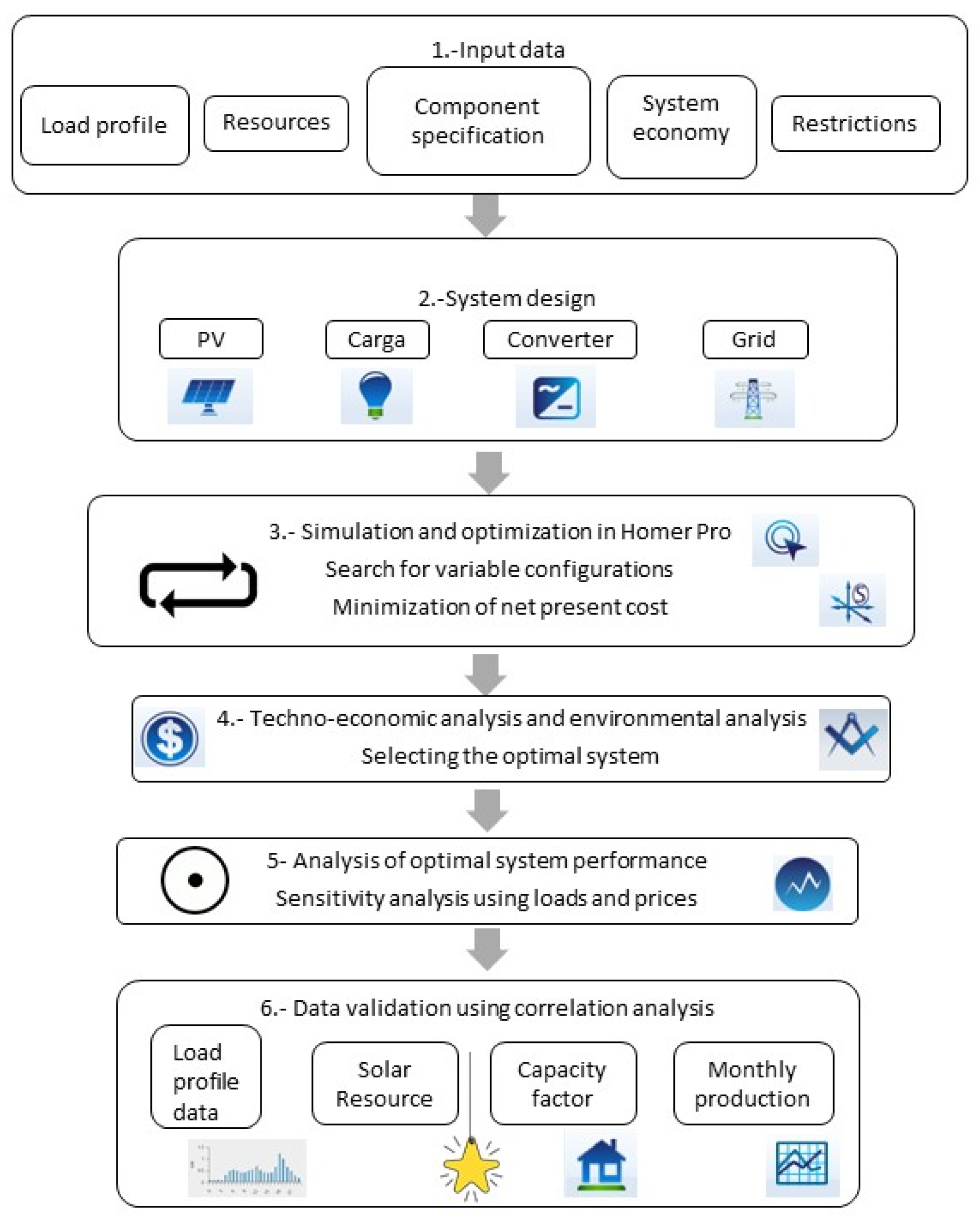
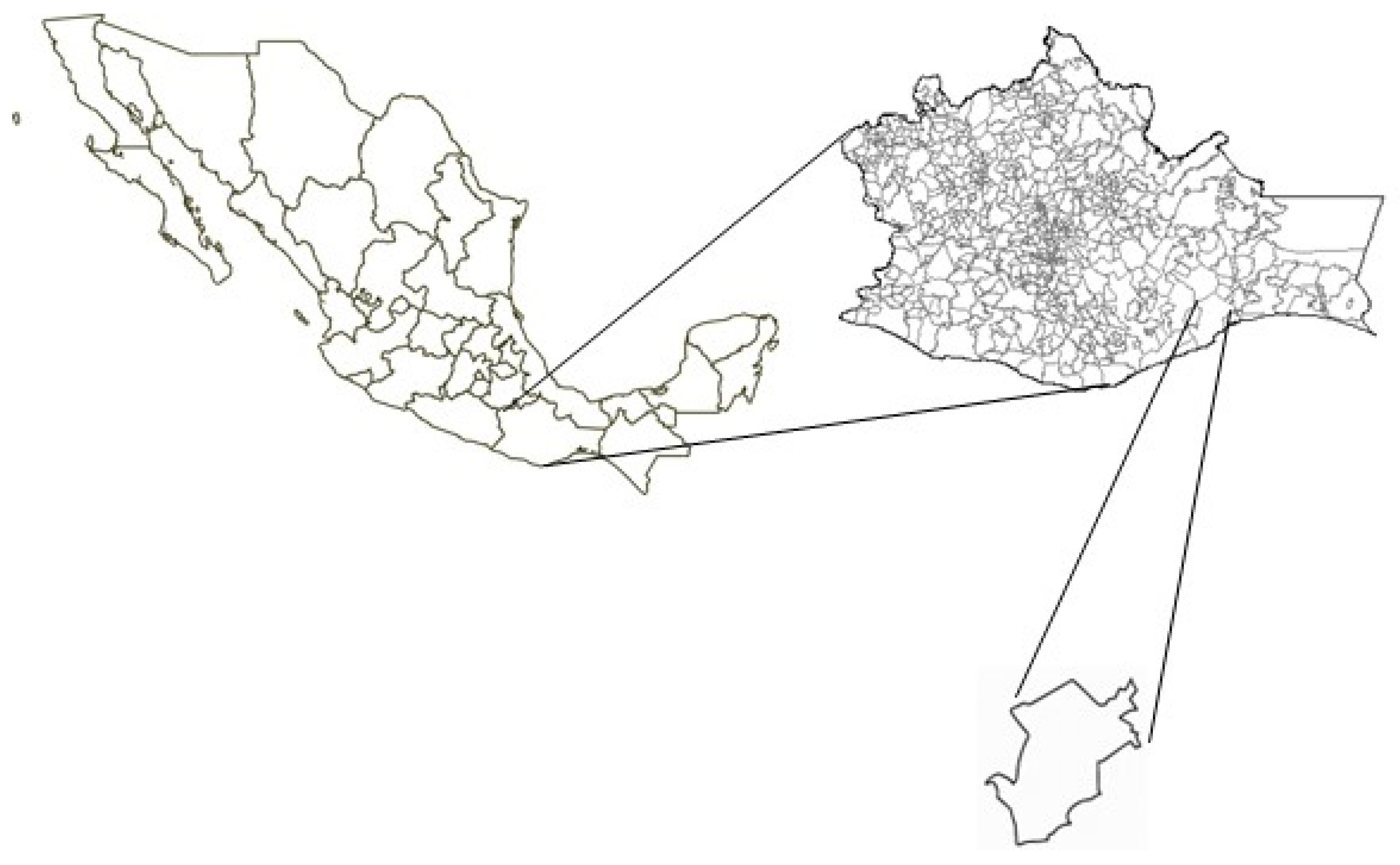
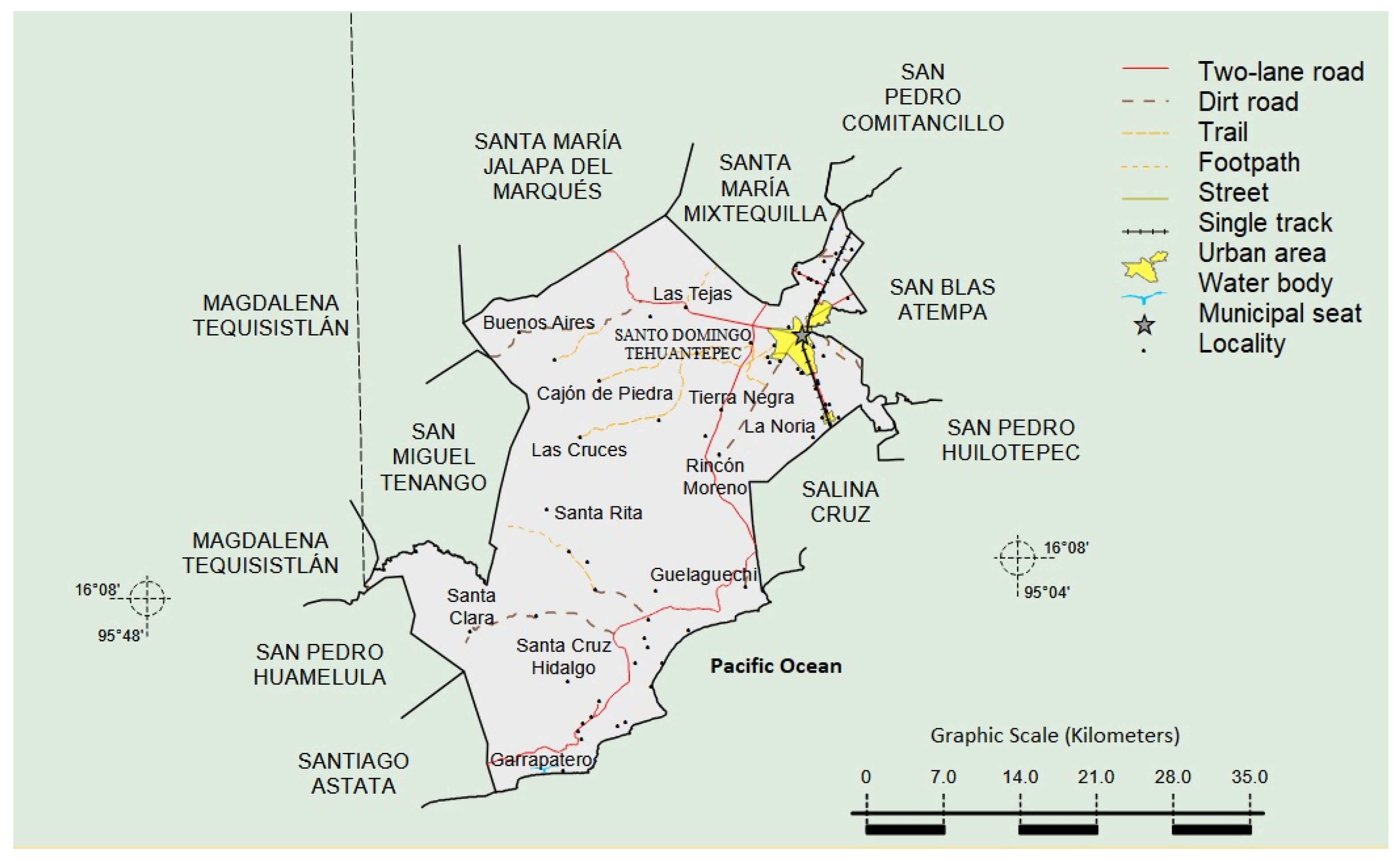

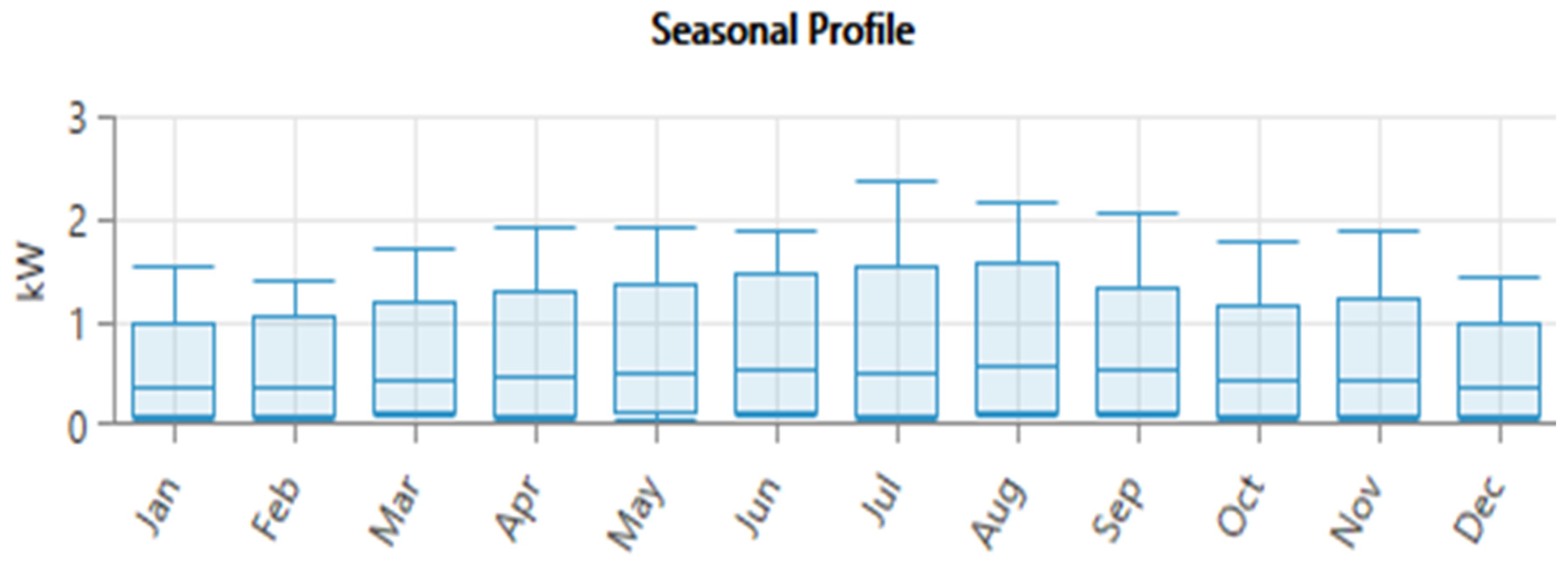
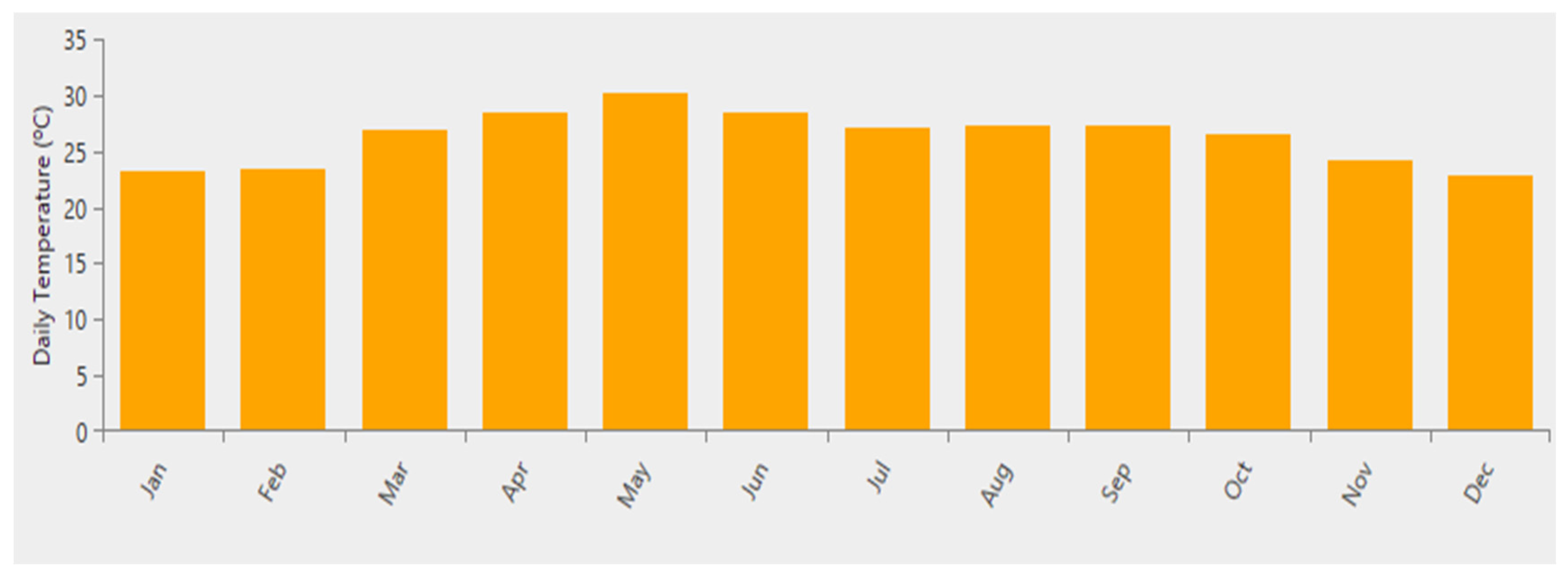

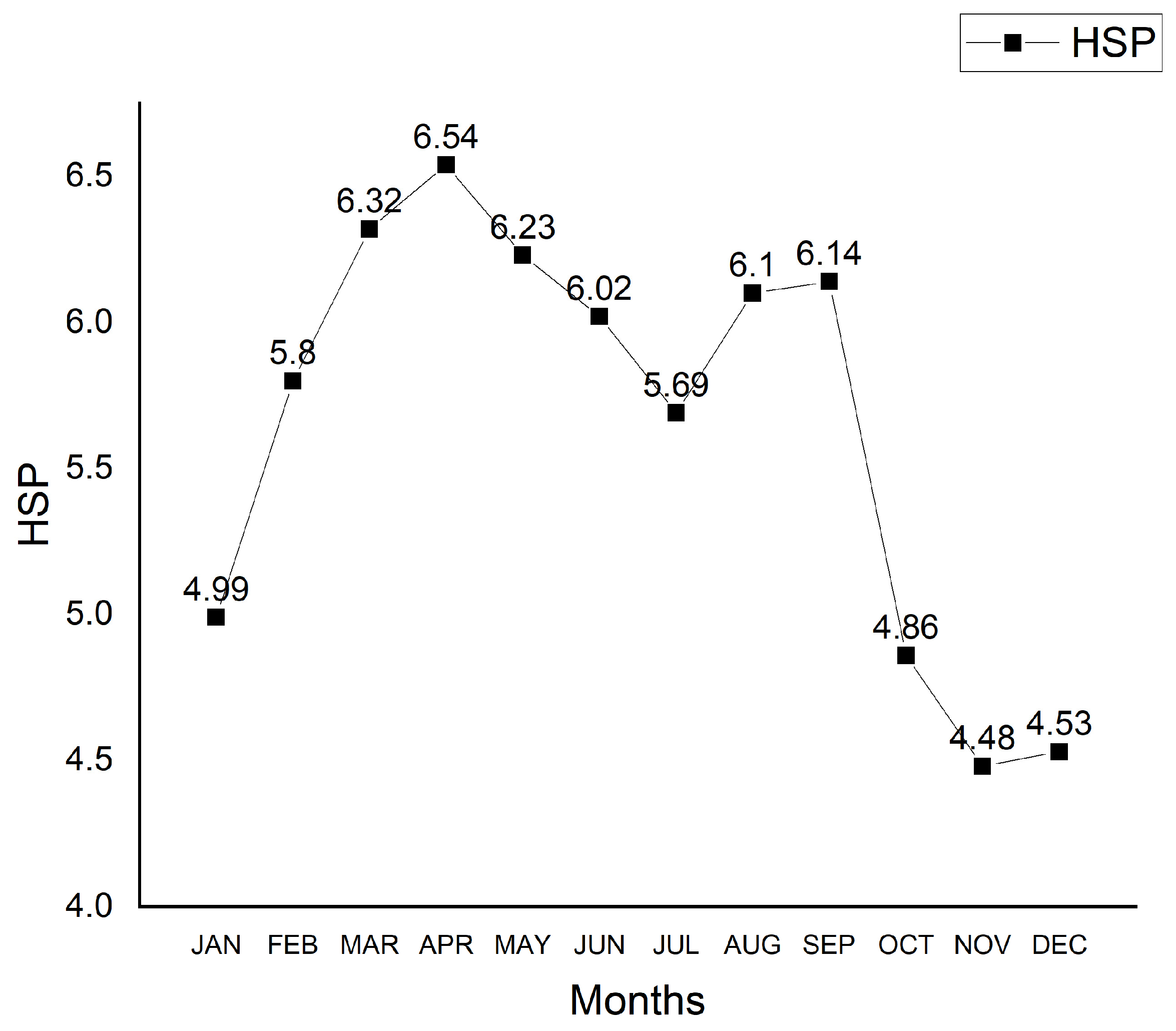
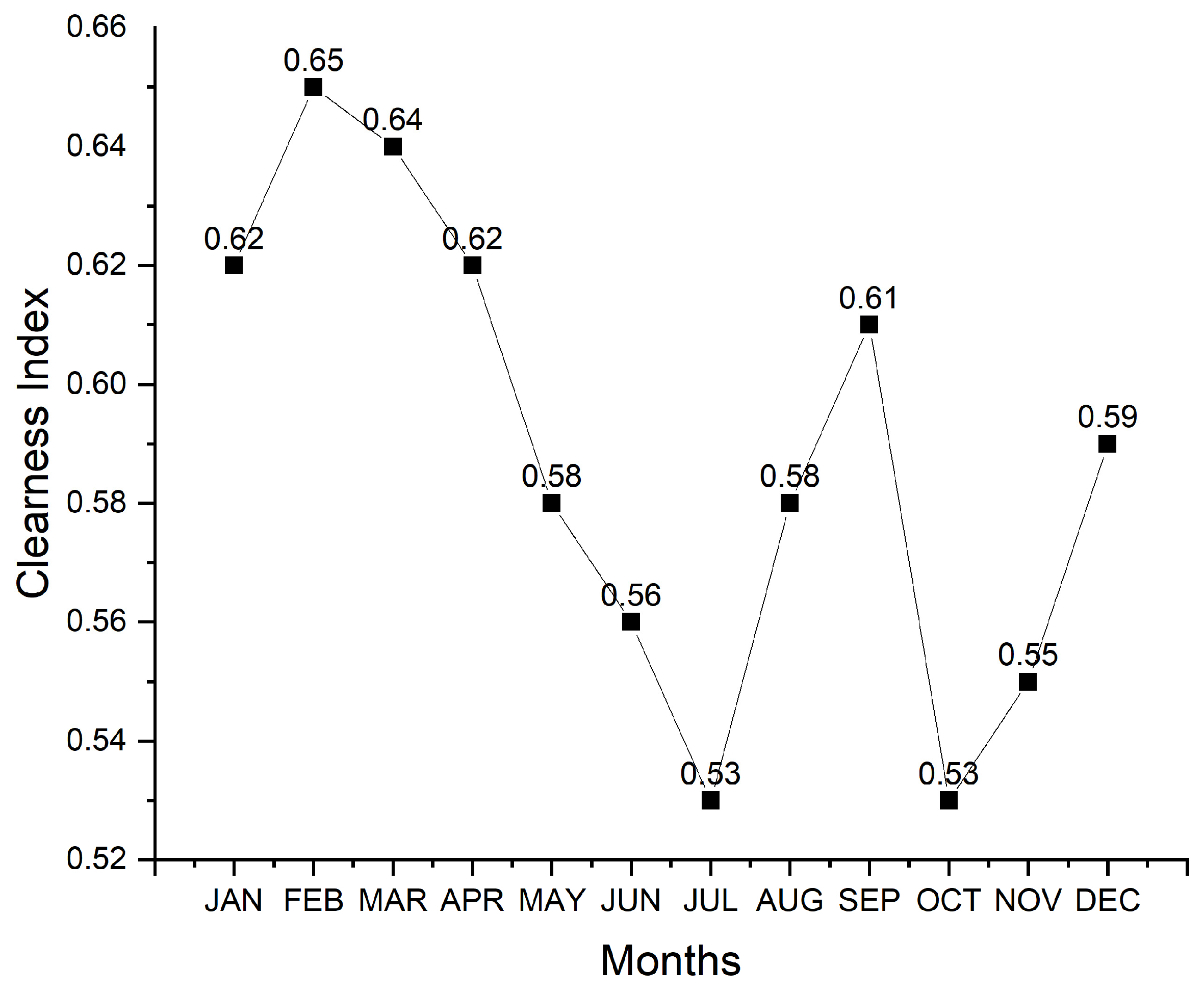
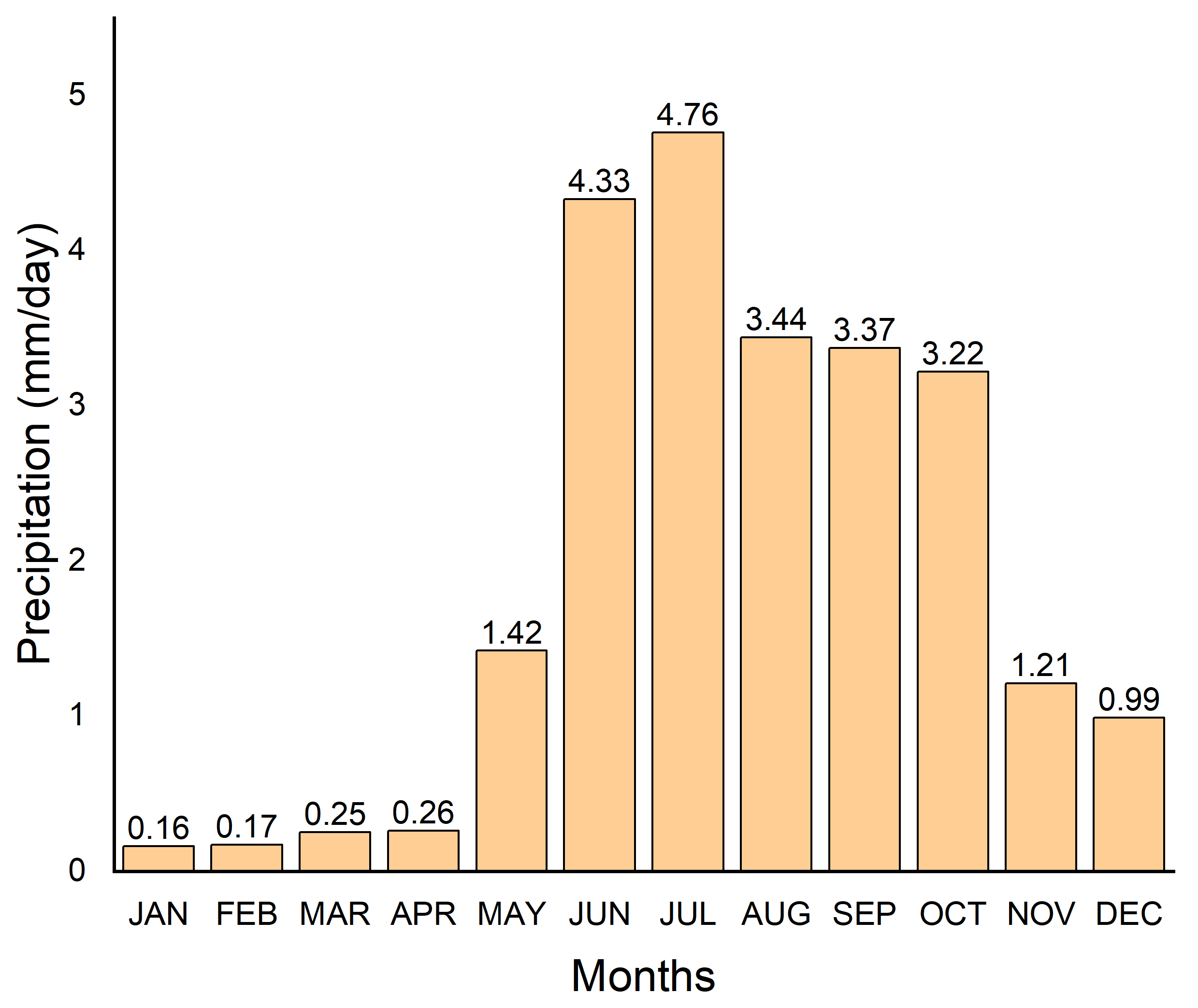
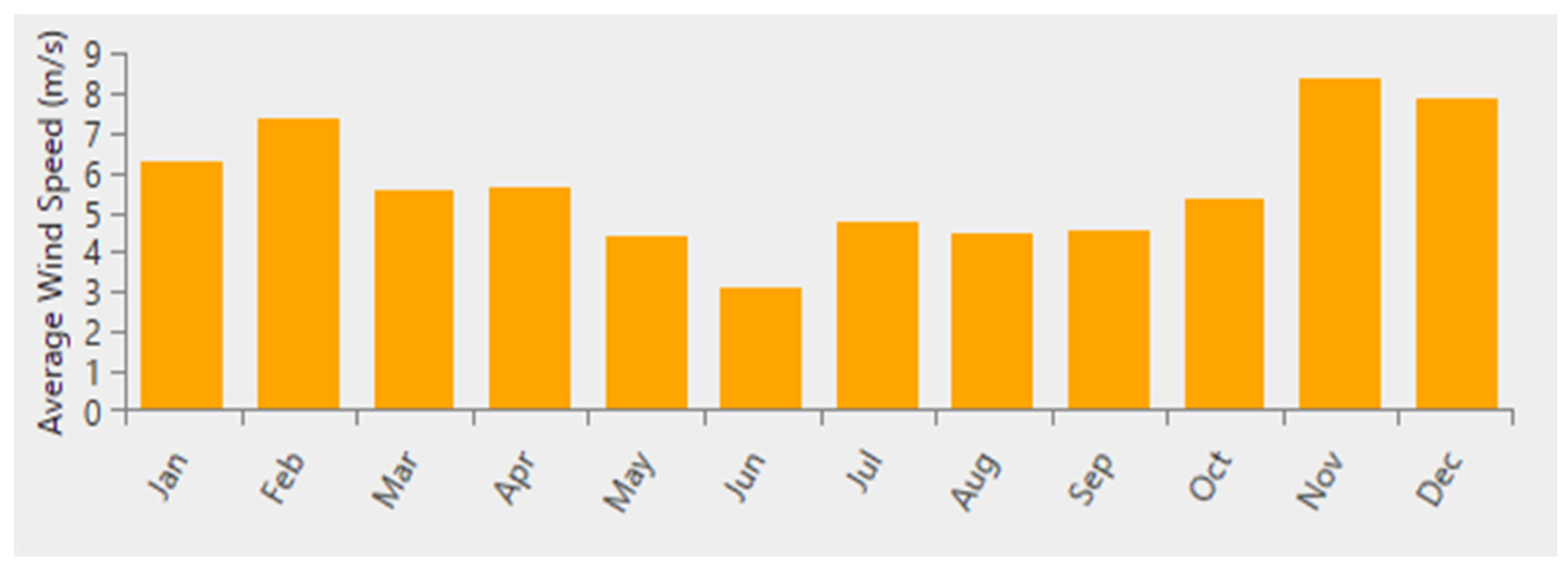

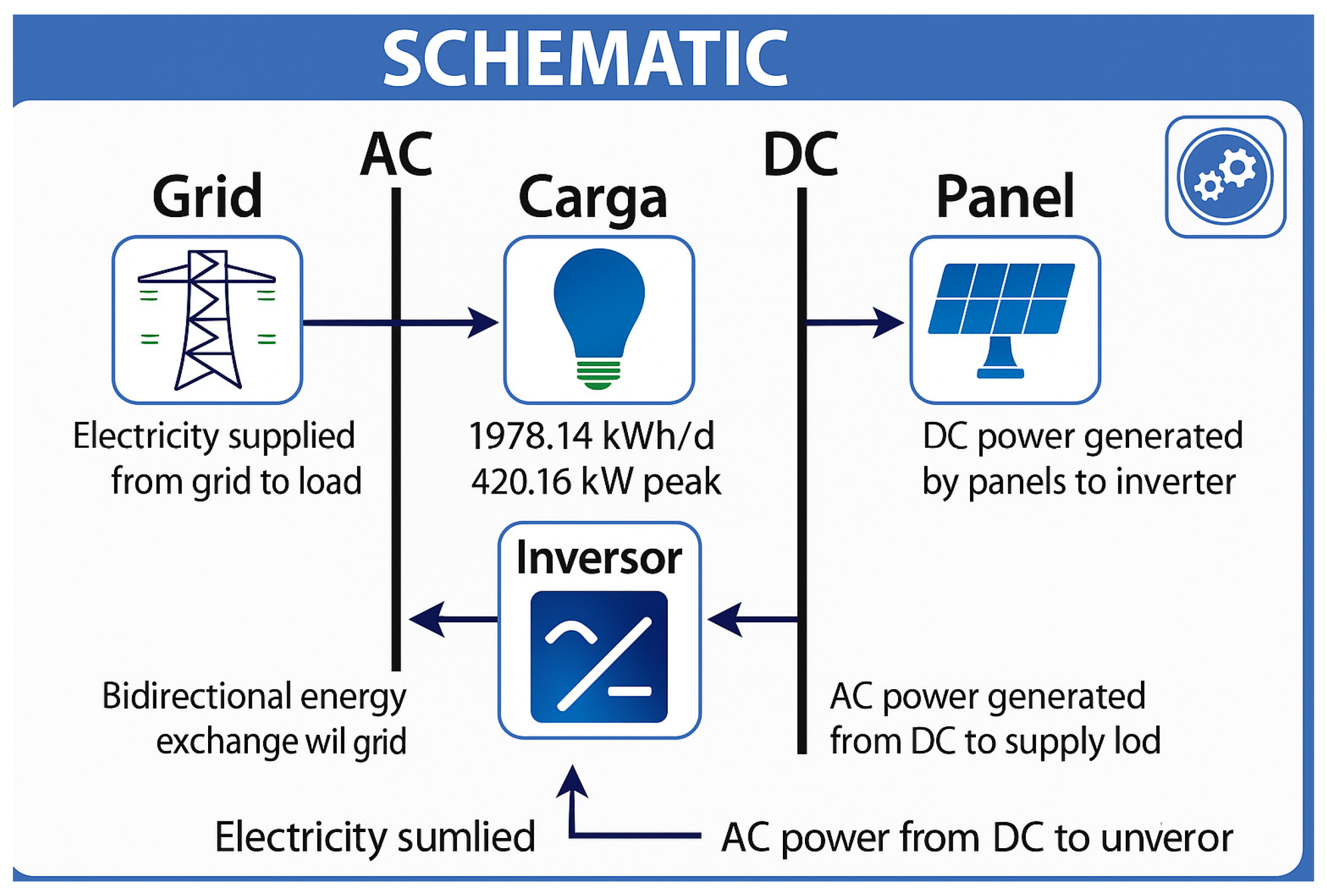
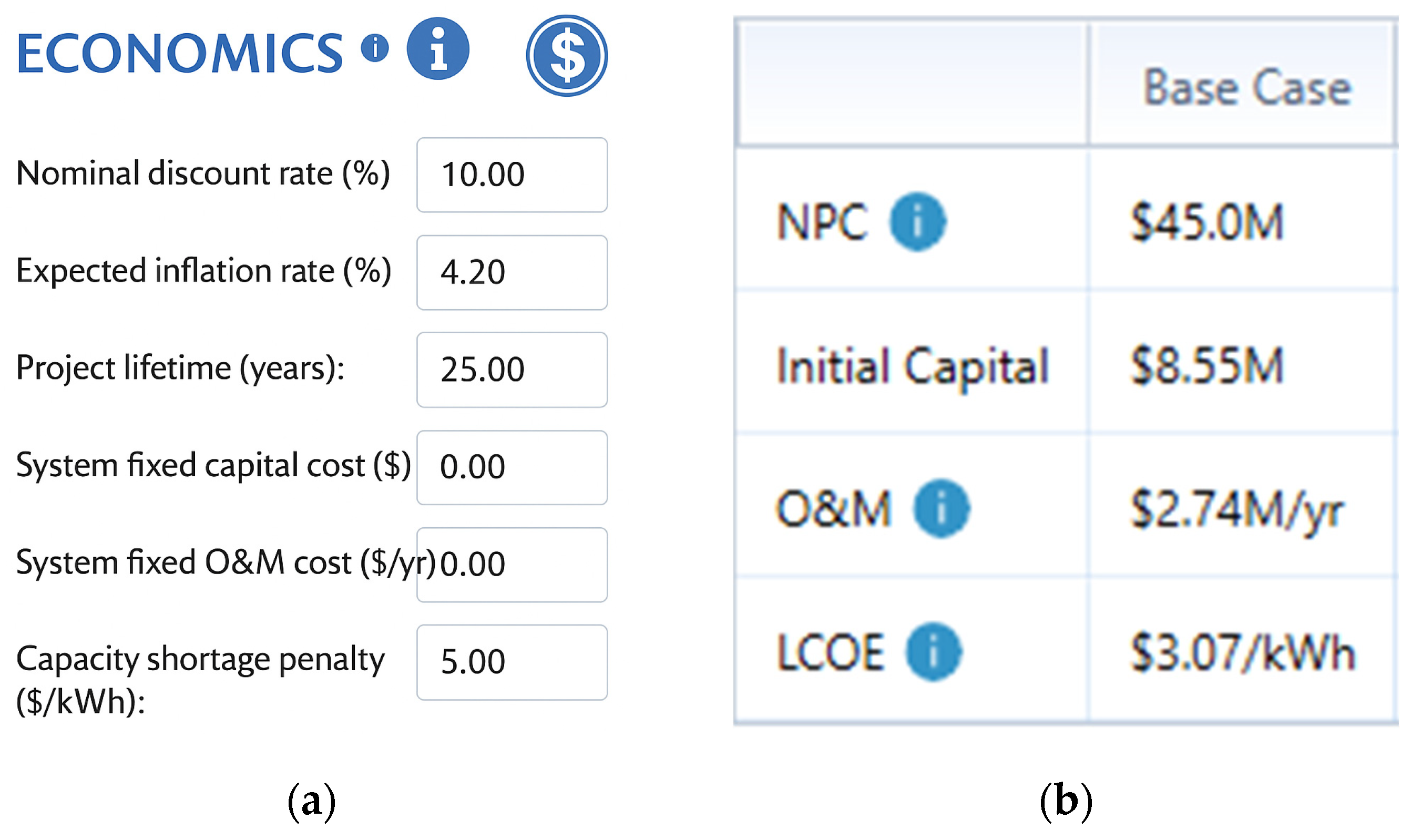
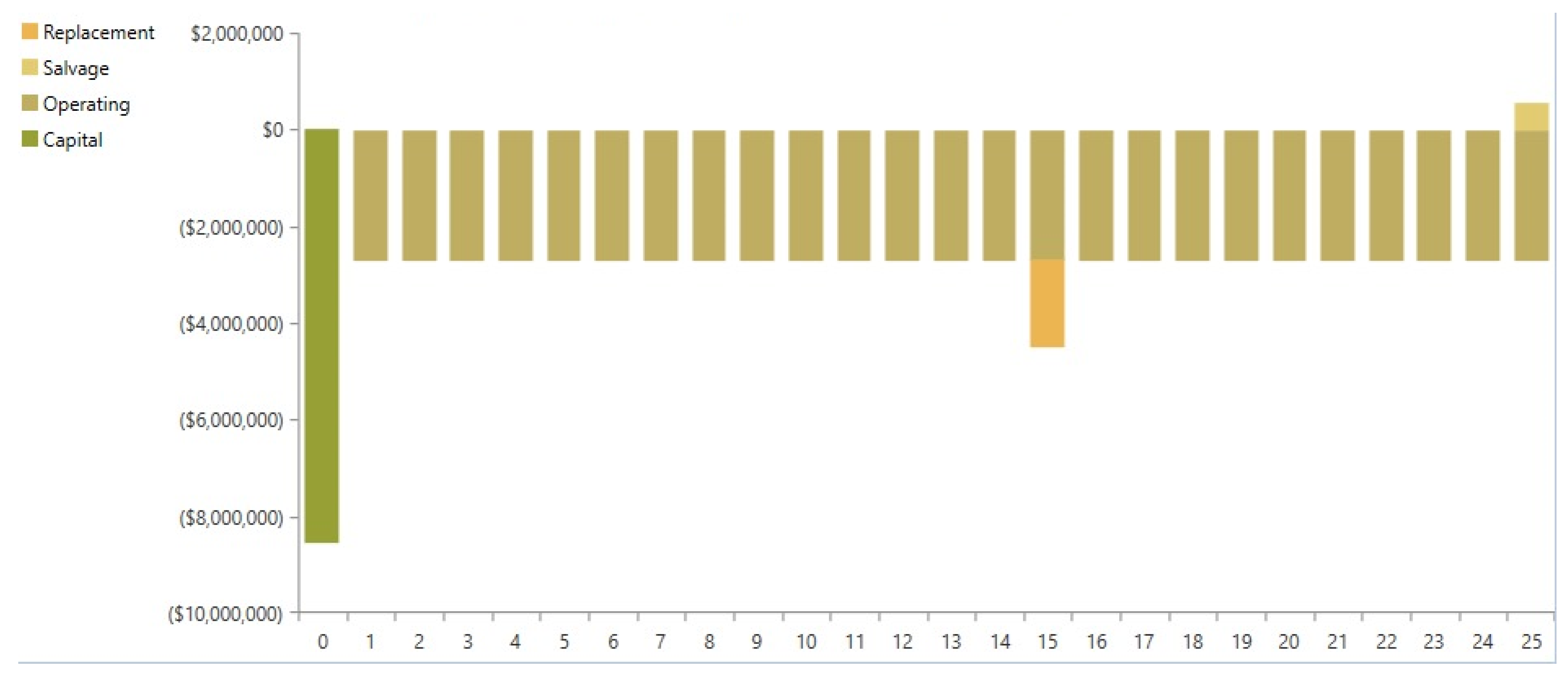
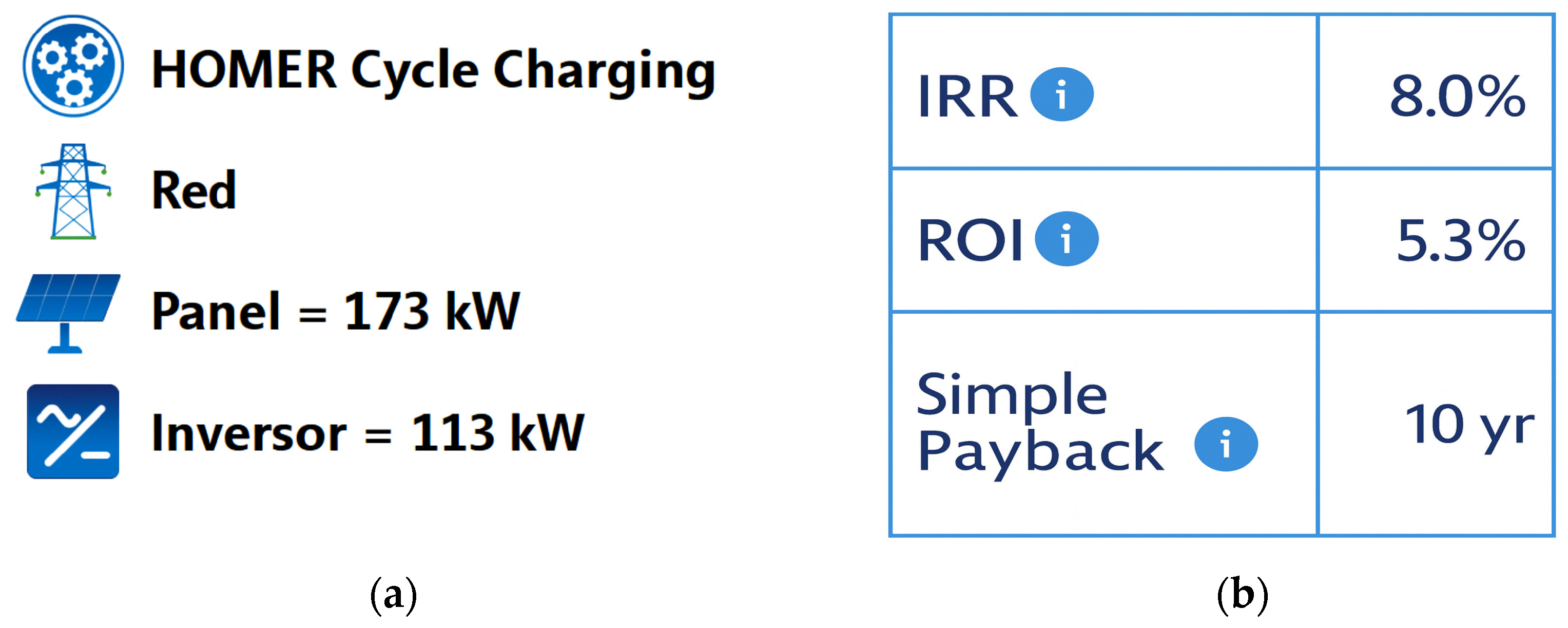

| No. | Sustainable Development Goals (SDGs) 1 |
|---|---|
| 1 | No Poverty |
| 2 | Zero Hunger |
| 3 | Good Health and Well-Being |
| 4 | Quality Education |
| 5 | Gender Equality |
| 6 | Clean Water and Sanitation |
| 7 | Affordable and Clean Energy |
| 8 | Decent Work and Economic Growth |
| 9 | Industry, Innovation, and Infrastructure |
| 10 | Reduce Inequalities |
| 11 | Sustainable Cities and Communities |
| 12 | Responsible Consumption and Production |
| 13 | Climate Action |
| 14 | Life Below Water |
| 15 | Life on Land |
| 16 | Peace, Justice, and Strong Institutions |
| 17 | Partnerships for the Goals |
| Feature | Elevation (m) | Location/Notes |
|---|---|---|
| Average city elevation | 44–50 | General elevation of Santo Domingo Tehuantepec; coastal plain near the Pacific Ocean |
| Local elevation variation (3 km radius) | Up to 150 | Slight variations within close range; mostly low hills |
| Regional elevation range (16 km radius) | Up to 1050 | Includes higher surrounding mountains such as Cerro Marimba and El Zacatal |
| Cerro de Lieza | 100 | Located near Santo Domingo Tehuantepec |
| El Pozorillo | 300 | Prominent elevation within the region |
| Sierra de Mixtequilla | 500 | Mountain range in the surrounding area |
| Urban and populated areas | 20–100 | Low hills with gentle slopes; includes some water bodies |
| General relief | — | Predominantly mountainous in surrounding areas, but urban core on coastal plain |
| Component | Parameter | Value/Unit |
|---|---|---|
| Photovoltaic panel | Model name | Generic |
| Type | Flat panel | |
| Nominal capacity | 459 kW | |
| Lifetime | 25 years | |
| Deterioration factor | 80% | |
| Capital | MXN 15,000/kW | |
| Replacement | MXN 15,000/kW | |
| O&M | MXN 5000/year | |
| Converter | Model name | Generic |
| Inverter input efficiency | 95% | |
| Relative capacity | 100% | |
| Lifetime | 13 years | |
| Capital | MXN 4000/kW | |
| Replacement | MXN 4000/kW | |
| O&M | MXN 200/year | |
| Grid | Sale price | MXN 1.6/kWh |
| Purchase price | MXN 0.8/kW | |
| Average annual consumption | 1978.14 kWh/day | |
| Parameter | Value/Unit | |
|---|---|---|
| Energy (grid) | Sale price | MXN 1.60/KWh |
| Purchase price | MXN 0.80/KWh |
| Parameter | Present Study (Optimized Scenario) | Messina et al. 2014 (México) [95] | Santana Rodríguez et al. 2013 (CDMX, México) [96] |
|---|---|---|---|
| Location | Santo Domingo Tehuantepec, Oaxaca | Tepic Nayarit & Temixco Morelos, México | Ciudad de México, México |
| Installed capacity (kWp) | 173 | 2.4 kWp (each residential system) | 6.15 kWp |
| Capacity factor (%) | 18.5 | ~18% (both sites) | ~20% |
| Annual energy production (kWh) | 281,175 | 3888–4118 | ~10,800 |
| CO2 avoided (t/year) | ~121.6 | — | ~2.1 |
| IRR (%) | 8% | — | — |
| ROI (%) | 5.3% | — | — |
| Payback period (years) | ~10 | — | — |
| LCOE (USD/kWh) | ~0.084 | ~0.11 | ~0.12 |
Disclaimer/Publisher’s Note: The statements, opinions and data contained in all publications are solely those of the individual author(s) and contributor(s) and not of MDPI and/or the editor(s). MDPI and/or the editor(s) disclaim responsibility for any injury to people or property resulting from any ideas, methods, instructions or products referred to in the content. |
© 2025 by the authors. Licensee MDPI, Basel, Switzerland. This article is an open access article distributed under the terms and conditions of the Creative Commons Attribution (CC BY) license (https://creativecommons.org/licenses/by/4.0/).
Share and Cite
Acosta-Banda, A.; Aguilar-Esteva, V.; Hechavarría Difur, L.; Campos-Mercado, E.; Cortés-Martínez, B.; Patiño-Ortiz, M. Grid-Connected Photovoltaic Systems as an Alternative for Sustainable Urbanization in Southeastern Mexico. Urban Sci. 2025, 9, 329. https://doi.org/10.3390/urbansci9080329
Acosta-Banda A, Aguilar-Esteva V, Hechavarría Difur L, Campos-Mercado E, Cortés-Martínez B, Patiño-Ortiz M. Grid-Connected Photovoltaic Systems as an Alternative for Sustainable Urbanization in Southeastern Mexico. Urban Science. 2025; 9(8):329. https://doi.org/10.3390/urbansci9080329
Chicago/Turabian StyleAcosta-Banda, Adán, Verónica Aguilar-Esteva, Liliana Hechavarría Difur, Eduardo Campos-Mercado, Benito Cortés-Martínez, and Miguel Patiño-Ortiz. 2025. "Grid-Connected Photovoltaic Systems as an Alternative for Sustainable Urbanization in Southeastern Mexico" Urban Science 9, no. 8: 329. https://doi.org/10.3390/urbansci9080329
APA StyleAcosta-Banda, A., Aguilar-Esteva, V., Hechavarría Difur, L., Campos-Mercado, E., Cortés-Martínez, B., & Patiño-Ortiz, M. (2025). Grid-Connected Photovoltaic Systems as an Alternative for Sustainable Urbanization in Southeastern Mexico. Urban Science, 9(8), 329. https://doi.org/10.3390/urbansci9080329







